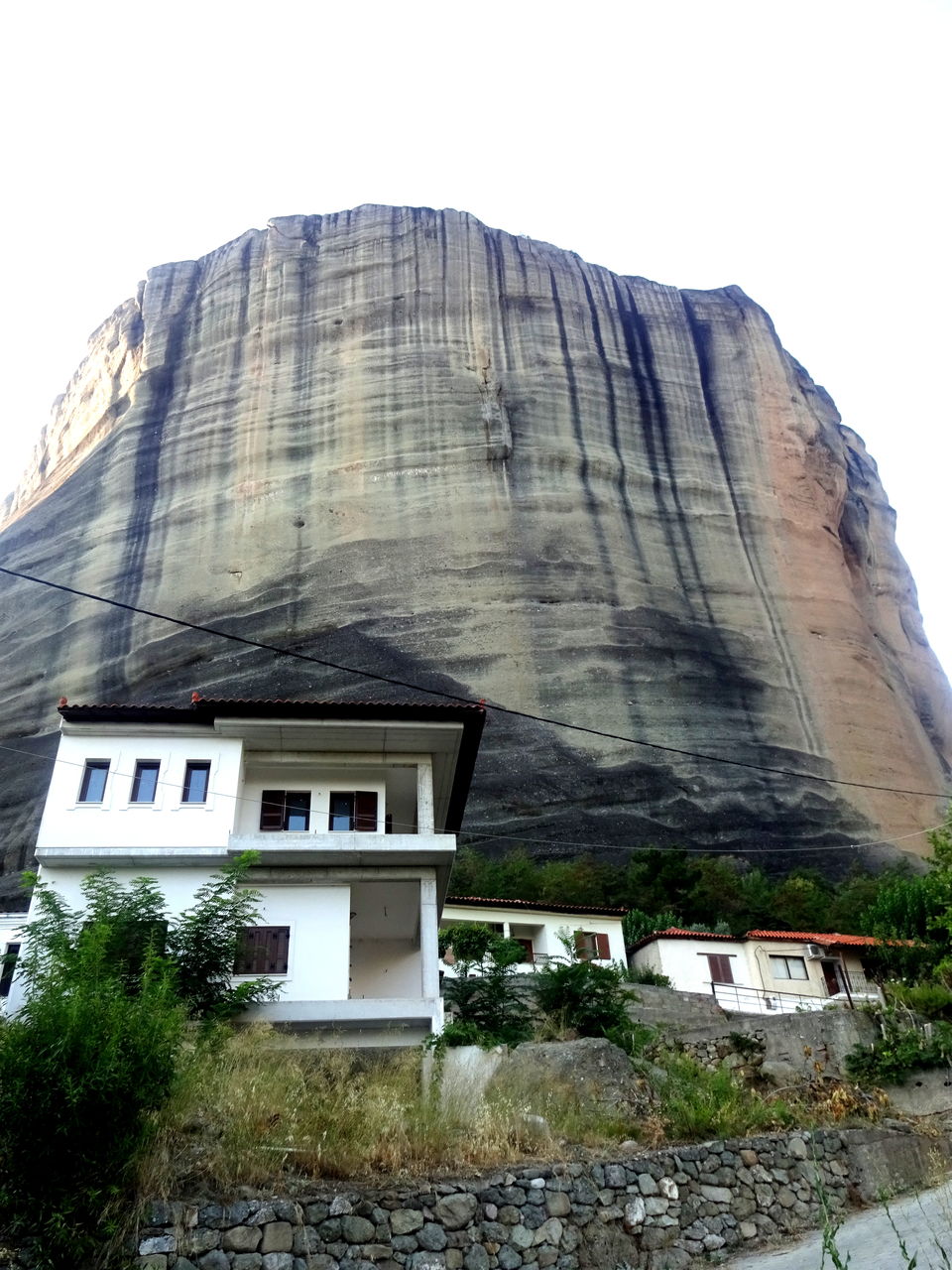
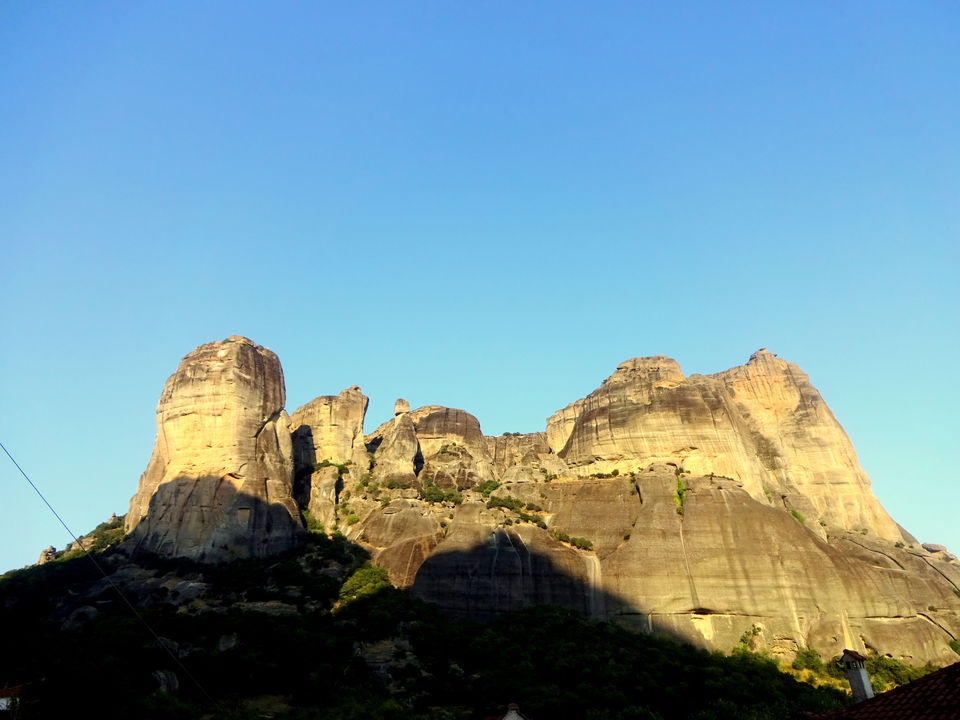
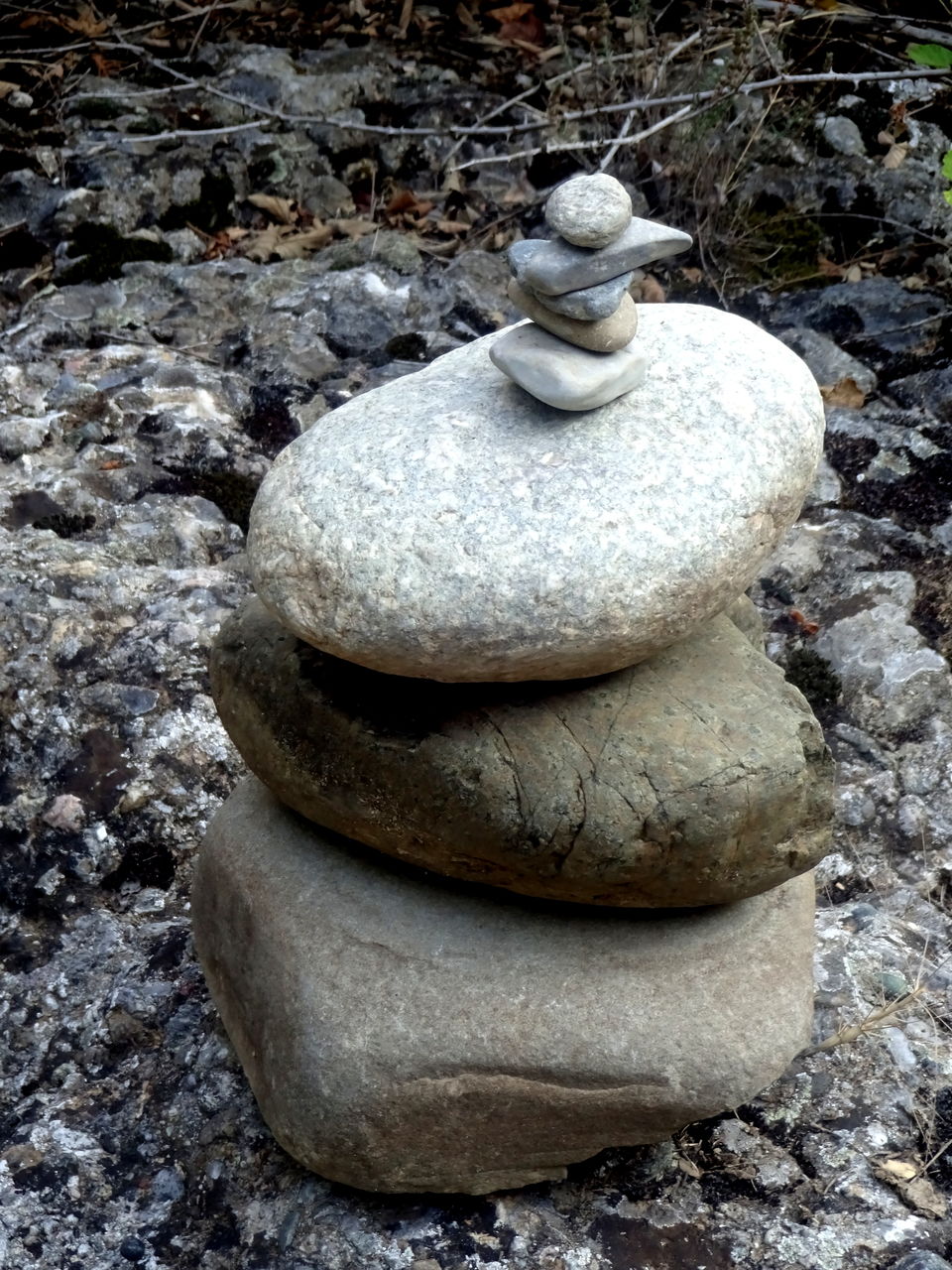
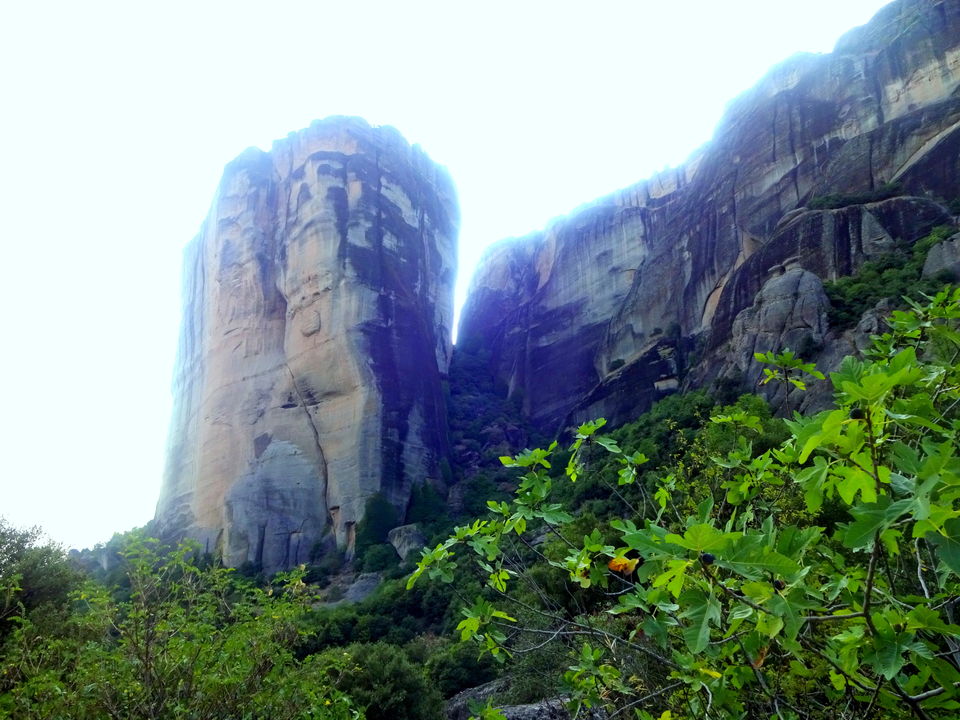
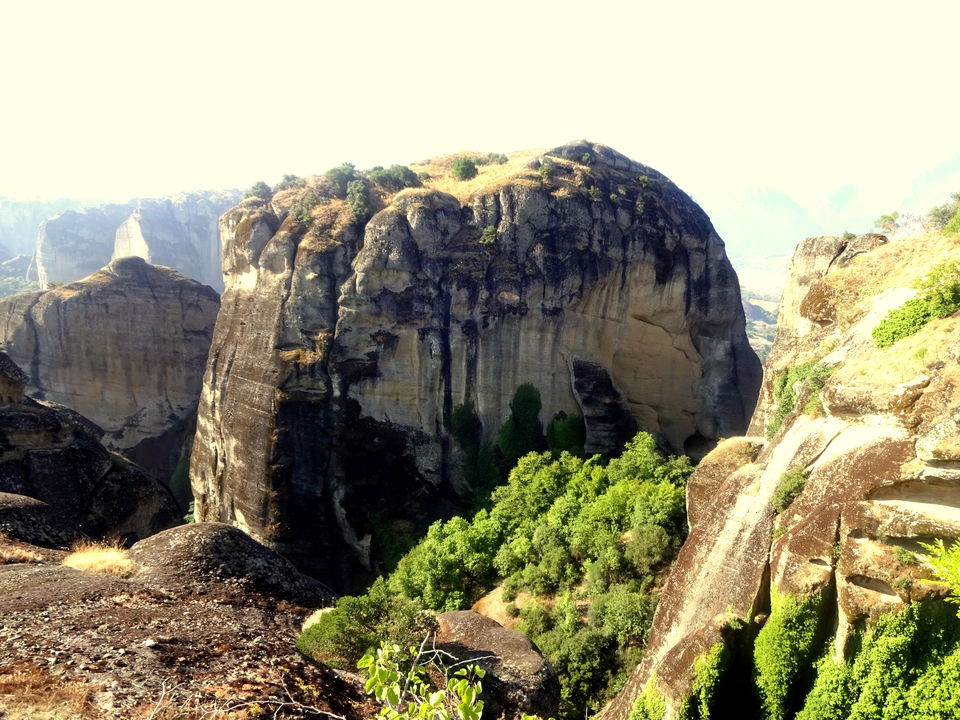
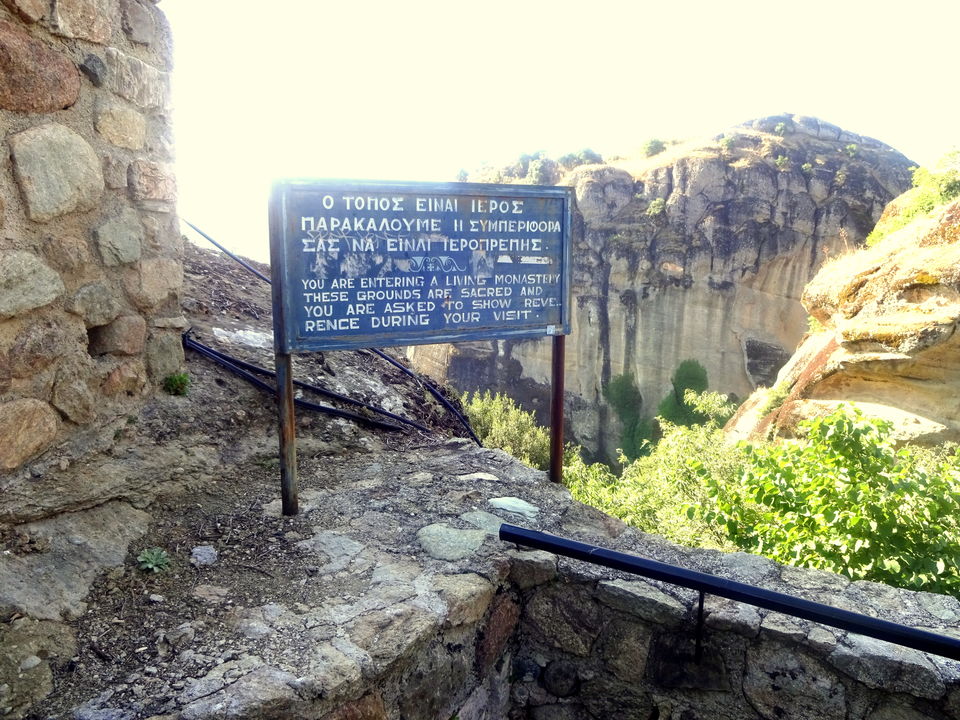
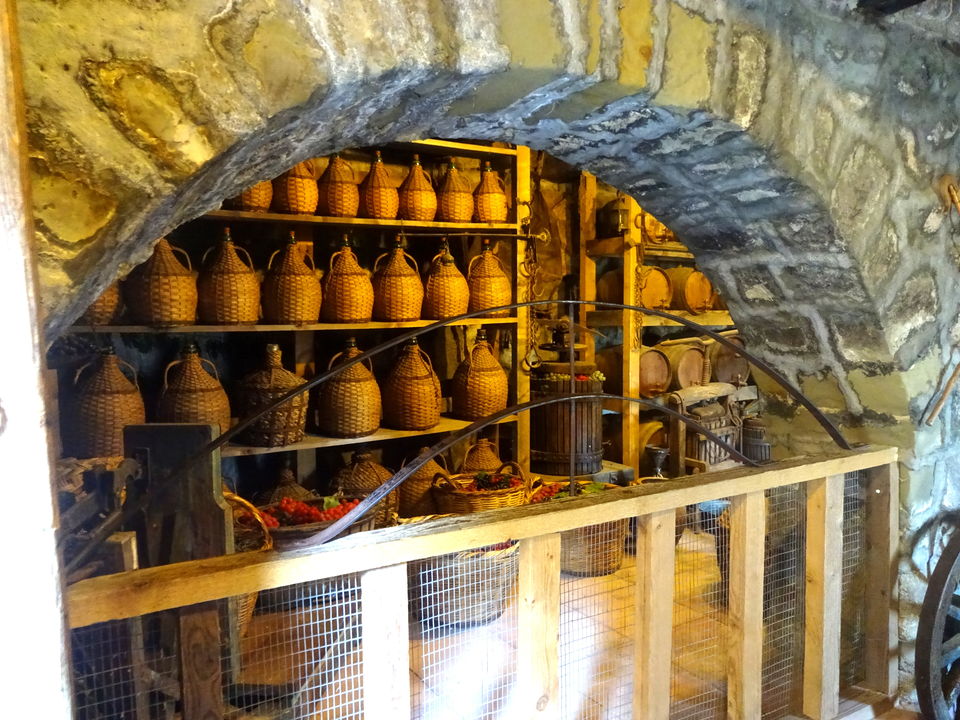
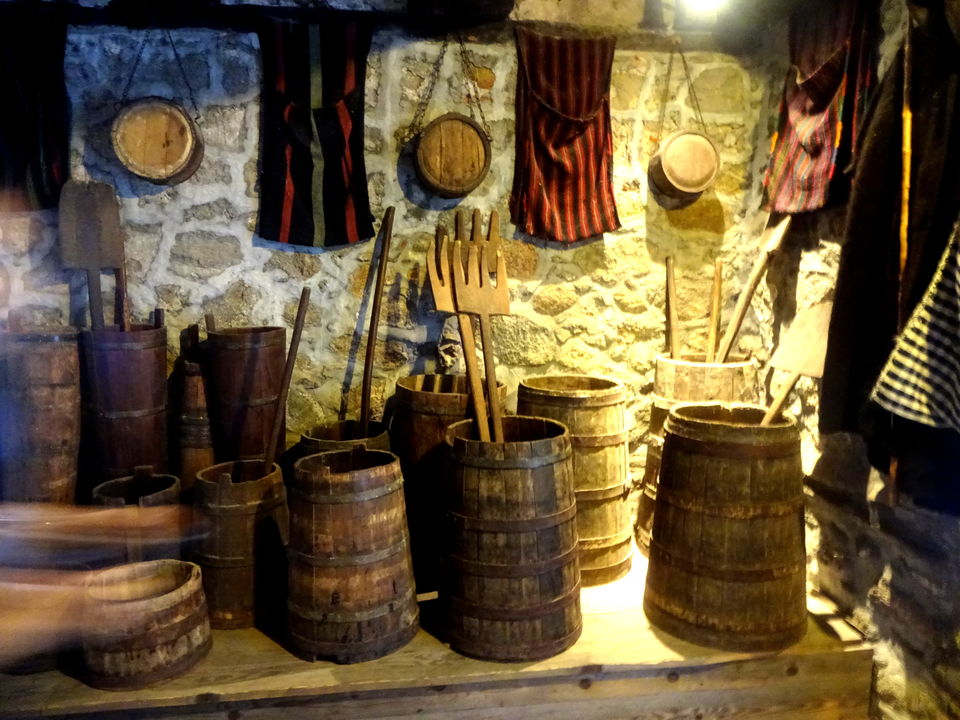
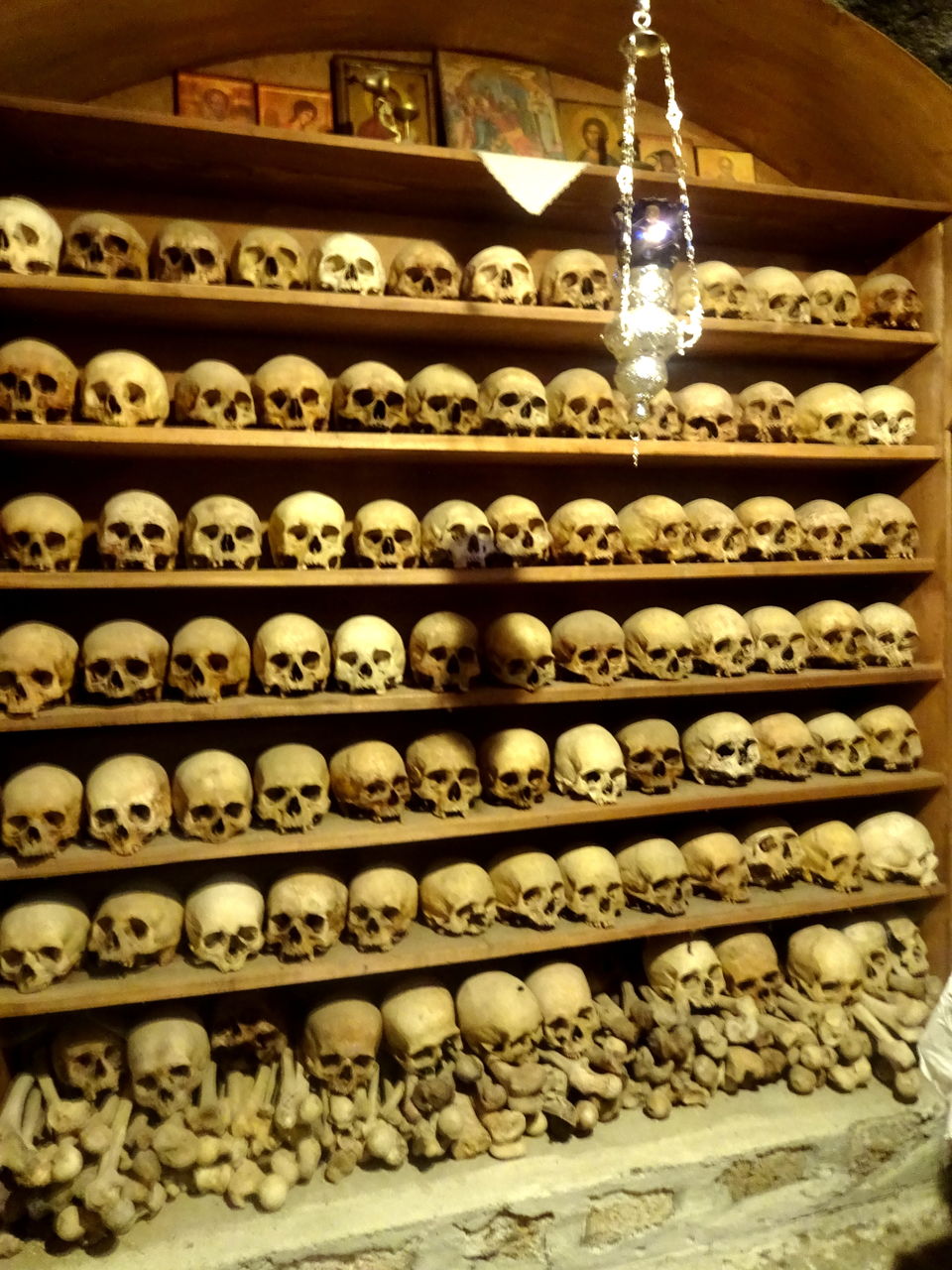
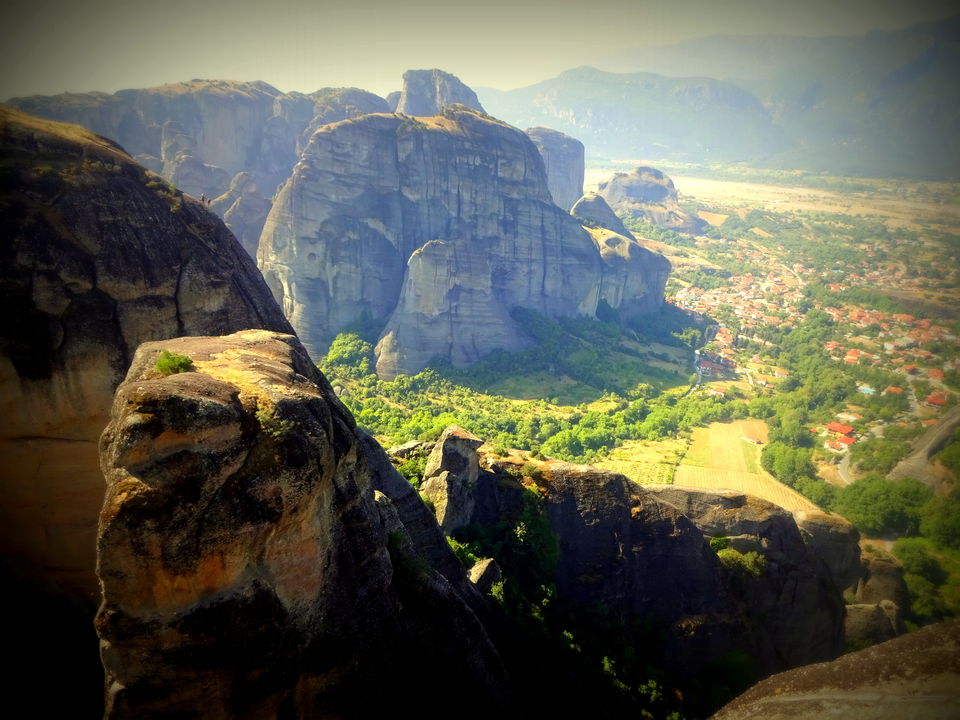
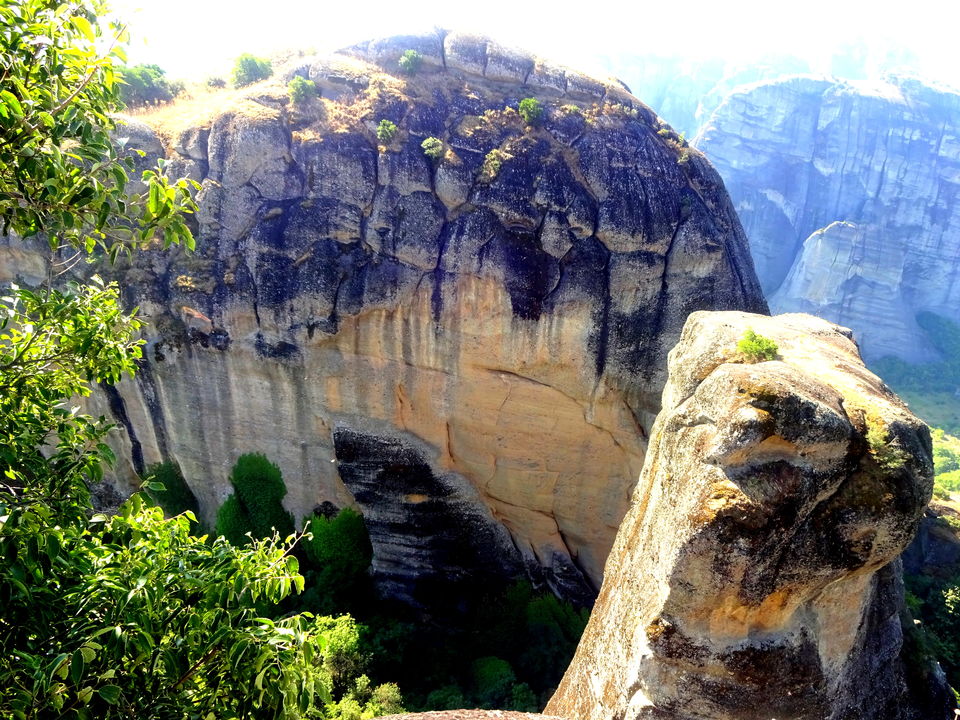
Marvel at the Magnificence of Meteora
‘Suspended in air’ the Meteora monasteries represent awe-inspiring artistic achievement and are one of the most striking sights in mainland Greece.
Nestled amidst the imposing sandstone rock pillars of Meteora, lies the sleepy little village of Kalambaka, a municipality in the Trikala region of Greece with a population of about 12,000. This quaint town that lies in the immediate foothills of the great Meteora peaks attracts millions of visitors from all over the world, as it shares the glory of the solid pinnacles towering over it.
In the cracks and fissures of these wind-battered are monasteries that practically hang off the sides of these cliffs, monks reside to this very day. Currently, there are six monasteries built on natural sandstone rock pillars in this UNESCO World Heritage site. Four of these are inhabited by men, while the remaining two only house women. Each monastery has fewer than ten inhabitants.
Like many tourists, we decided to stay in Kalambaka, perhaps the nearest town to Meteora, as it spoils tourists for choice with its generous number of hotels, restaurants, bars, shops and cafes. Lugging our bags up a steep trail we trudged up into the mountains, to arrive at Koka Roka Taverna, our shelter for the one night we were staying in Kalambaka. Run by an incredibly hospitable Greek family this traditional five-bedroom lodging is a traveller’s delight as it located right under a massive rock and captures an authentic Greek atmosphere. As Nick, the owner whipped up a delicious meal of meat balls cooked over an open flame, potato wedges and a customary cheese salad, he was happy to give us travel tips.
Fuelled by our sumptuous Greek home-style meal, our spirits high and bellies full, we decided to embark on a tad ambitious plan to hike to the nearest monastery. Inspired by Nick’s mother’s words that Meteora was to be “seen, smelled and tasted” we chose to tread unexplored territories.
Winding up sharply into the silent mountains was a narrow pathway, leading us into deep lush green forests, mushrooming around these giant peaks. Halfway up, we realised with alarm that the pink skies were signaling a rapidly approaching sunset and we decided to adjourn our adventure, vowing to visit the monasteries the next day.
The Meteora meaning ‘middle of the sky’, ‘suspended in the air’ or ‘in the heavens above’— etymologically related to ‘Meteorite’ is one of the largest and most important complexes of Eastern Orthodox monasteries in Greece. The manner, in which the six mystical monasteries are perched precariously atop these giant sandstone structures, seems nothing short of a miracle.
In the 9th century, an ascetic group of hermit monks moved up to the ancient pinnacles of Meteora and were the first to inhabit these rocks. They lived in hollows in the rock towers. This great height, combined with the sheerness of the cliff walls, kept away the most determined visitors.
As early as the 11th century AD hermit monks were believed to be living among the caves and cutouts in the rocks. Initially the hermits led a life of solitude, meeting only on Sundays to worship and pray.
At the end of the 14th century, the Byzantine Empire's 800-year reign over northern Greece was being increasingly threatened by the Ottoman Turkish raiders who wanted control over the fertile plain of Thessaly, or Central Greece. The hermit monks, seeking a retreat from the expanding Turkish occupation, found the inaccessible rock pillars of Meteora to be an ideal refuge. More than 20 monasteries were built, beginning in the 14th century of which only six remain today.
On day two, due to a dearth of time we took a shuttle up to the beguiling cliff-top monasteries and zeroed in on the three we would explore-Agia Triada or Holy Trinity, Varlaam monastery and the Monastery of Agios Nikolaos Anapafsas.
Agia Triada was founded by the monk Dometius in the 15th century and was the monastery used for the James Bond film For Your Eyes Only. It is decorated with wall paintings from the 18th century by the brothers Antonios and Nikolaos. To get to the monastery we had to walk up 140 steps cut into the rock, past the church of Saint John the Baptis with its wall paintings from 1682. The monastery is open from 9am to 1 pm every day except Thursday.
On our way back we visited the Varlaam Monastery, founded in 1517 by Theophanis and Nektarios Apsaradas from Ioanina though the first to establish a monastery here was an ascetic anchorite named Varlaam. The monastery houses an important collection of relics, intricately carved wooden crosses, icons, embroidered Epitaphio and many other treasures. It also contains frescos by the well-known post Byzantine iconographer Frangos Katelanos. The monastery is open from 9am to 1pm and then from 3:30 to 6pm and is closed on Fridays.
Monastery of Agios Nikolaos Anapafsas was built in the 16th Century by Dionysious, the Metropolitan of Larissa and named after an old Patron. The Katholikon is decorated in wall paintings by the renowned Cretan iconographer Theophanis Bathas-Strelitzas. This monastery is open every day from 9am to 6 pm.
Access to the monasteries was originally (and deliberately) difficult, requiring either long ladders lashed together or large nets used to haul up both goods and people. The net was used to hoist up intrepid pilgrims vertically alongside the 373 metres cliff. The Varlaam monastery dominates the valley symbolising the fragility of a traditional way of life that is threatened with extinction.
In the 1920s there was an improvement in the arrangements. Steps were cut into the rock, making the complex accessible via a bridge from the nearby plateau. During World War II the site was bombed and many art treasures were stolen.
Meteora and Kalambaka were the highlight of our trip. The rocks, proof of a rare geological phenomenon represented nature at its best while the building atop them were a marvel of man, making Meteora one of the most awe-inspiring places to visit in the world.
Frequent searches leading to this page:-
meteora greece, meteora greece tour, meteora greece tourism

